1 April 2025
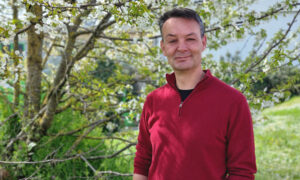
Meet Neil Humphreys, Head of the Gene Editing and Virus Facility at EMBL Rome. Neil and his team work closely with scientists to develop new models, tools, and cutting-edge technologies to support discovery and translational research.
PEOPLE & PERSPECTIVES
24 October 2024
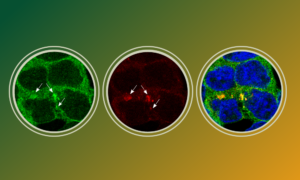
Scientists have discovered how the antiviral protein TRIM25 finds and binds viral RNA to activate an innate immune response.
SCIENCE & TECHNOLOGY
19 August 2024
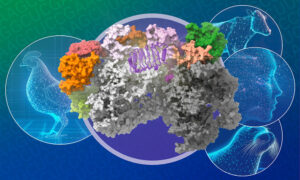
A new publication from the Cusack group sheds light on how a key avian influenza virus enzyme can mutate to allow the virus to replicate in mammals.
SCIENCE & TECHNOLOGY
21 December 2023
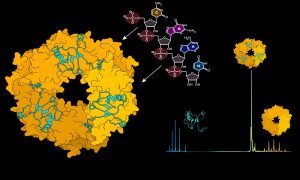
The Kosinski Group at EMBL Hamburg collaborated with other groups in Hamburg to reveal critical steps in Lassa virus ribonucleoparticle assembly and recruitment, and the crucial role played by RNA in in the Lassa virus life cycle.
SCIENCE & TECHNOLOGY
2023
sciencescience-technology
5 July 2023

Enabling researchers worldwide to share and analyse pathogen data generated across the world
SCIENCE & TECHNOLOGY
2023
sciencescience-technologytechnology-and-innovation
22 July 2022

Jan Kosinski, Group Leader at EMBL Hamburg and one of the co-chairs of the Infection Biology theme in EMBL’s new programme, chats about how this theme will support his work and help establish new collaborations.
LAB MATTERSPEOPLE & PERSPECTIVES
2022
lab-matterspeople-perspectives
4 January 2022
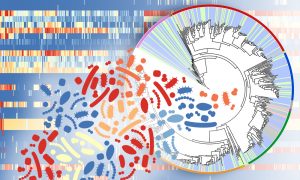
Researchers have identified hundreds of new bacterial species and viruses in the human skin microbiome.
SCIENCE & TECHNOLOGY
2022
sciencescience-technology
15 October 2021
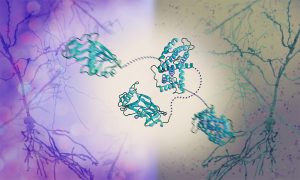
The Graham and Crump groups at the University of Cambridge and the Svergun Group at EMBL Hamburg have discovered a mechanism by which the herpes simplex virus takes control of the molecular machinery of human cells. Their work reveals how a dedicated viral protein hijacks key host proteins, forcing…
SCIENCE & TECHNOLOGY
2021
sciencescience-technology
4 November 2020
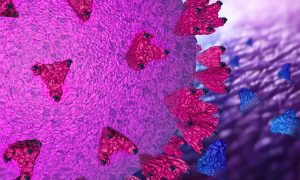
By screening hundreds of sybodies (synthetic mini-antibodies), scientists have identified one that might stop SARS-CoV-2 from infecting human cells. This work, which holds promise for treating COVID-19, was conducted by EMBL Hamburg and collaborators from the Centre for Structural Systems Biology…
SCIENCE & TECHNOLOGY
2020
sciencescience-technology
9 June 2020

EMBL researchers are studying COVID-19-related molecules by exposing them to high-brilliance X-ray beams. The Svergun group at EMBL Hamburg is using biological small-angle X-ray scattering (SAXS) as part of a global effort by scientists to elucidate the structural organisation of SARS-CoV-2…
SCIENCE & TECHNOLOGY
2020
sciencescience-technology
29 April 2020
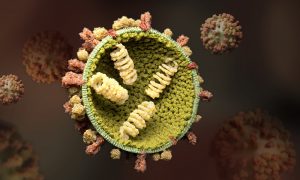
The infectious disease commonly known as flu is caused by the influenza virus. It spreads around the world in seasonal outbreaks, causing millions of infections and hundreds of thousands of deaths each year. Stephen Cusack, Head of EMBL Grenoble, has been studying different aspects of the influenza…
SCIENCE & TECHNOLOGY
2020
sciencescience-technology
26 April 2019

Results from the Tara Oceans expedition reveal the Arctic Ocean as a cradle of viral biodiversity
SCIENCE & TECHNOLOGY
2019
sciencescience-technology
30 November 2018
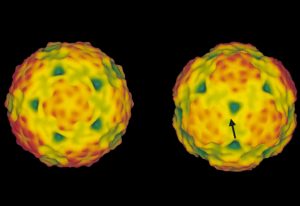
What does it take to create a vaccine or improve cancer therapies?
LAB MATTERSSCIENCE & TECHNOLOGY
2018
lab-mattersscience-technology
26 June 2018
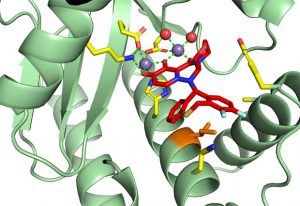
EMBL scientists investigate how influenza virus responds to new drug treatment
SCIENCE & TECHNOLOGY
2018
sciencescience-technology
3 June 2012
As a retrovirus matures, the two parts of its shell protein (red and blue or yellow and blue) dramatically rearrange themselves, twisting and moving away from each other. (Credit: EMBL/T.Bharat) Scientists at the European Molecular Biology Laboratory (EMBL) in Heidelberg, Germany, have for the…
SCIENCE & TECHNOLOGY
2012
sciencescience-technology
4 May 2008
Influenza is currently a grave concern for governments and health organisations around the world. Now one of the tactics used by influenza virus to take over the machinery of infected cells has been laid bare by structural biologists at the EMBL, the joint Unit of Virus Host-Cell Interaction of…
SCIENCE & TECHNOLOGY
2008
sciencescience-technology
25 February 2007
In 1918, 50 million people died during a worldwide influenza pandemic caused by mutation of a bird-specific strain of the influenza virus. Recently H5N1, another highly infectious avian strain has caused outbreaks of bird flu around the world. There is great concern that this virus might also…
SCIENCE & TECHNOLOGY
2007
sciencescience-technology
16 June 2006
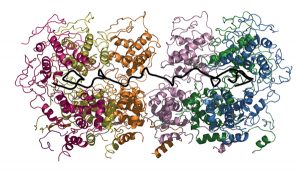
Ebola, measles and rabies are serious threats to public health in developing countries. Despite different symptoms all of the diseases are caused by the same class of viruses that unlike most other living beings carry their genetic information on a single RNA molecule instead of a double strand of…
SCIENCE & TECHNOLOGY
2006
sciencescience-technology
16 February 2006
A detailed structural picture of a molecule that plays a key role in activating the Epstein Barr Virus in human cells has now been obtained by researchers at the European Molecular Biology Laboratory (EMBL) and the Institut de Virologie Moléculaire et Structurale (IVMS), associated with the…
SCIENCE & TECHNOLOGY
2006
sciencescience-technology
No results found














